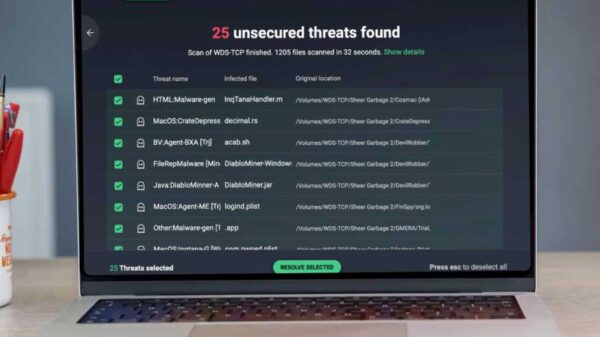President Donald Trump has publicly accused the Bureau of Labor Statistics (BLS) of orchestrating a “scam” following significant revisions to the latest jobs report. His statements, made on the social media platform Truth Social, suggest that the revised numbers were manipulated to portray him and the Republican party unfavorably. “In my opinion, today’s Jobs Numbers were RIGGED in order to make the Republicans, and ME, look bad,” Trump asserted, leading him to dismiss Dr. Erika McEntarfer, the BLS commissioner, claiming her calculations were the worst in over 50 years.
Despite Trump’s assertions, the revisions made by the BLS are not historically unprecedented nor indicative of corruption. Established in 1884, the BLS operates independently within the U.S. Department of Labor and is tasked with collecting and analyzing key economic data. This includes information on employment, inflation, productivity, and workplace injuries, among others.
Understanding BLS Data Collection
The BLS gathers jobs data through two main surveys. The first relies on traditional methods where survey takers visit homes across the country to collect information on employment status and demographics. The second is the Current Employment Statistics (CES) survey, which collects data from thousands of businesses and government agencies via telephone, internet, and automated data transfer for large corporations. While participation in the CES is voluntary, certain states, including New Mexico, Oregon, and South Carolina, mandate businesses to submit data.
Respondents to the CES survey provide monthly information on employment figures, hours worked, and earnings, based on payroll records for the pay period including the 12th of each month. The BLS then processes this data, identifying and correcting errors, before preparing it for the monthly report. To ensure accuracy, economists apply seasonal adjustments to mitigate the impact of fluctuations that can occur from month to month.
Decoding the Jobs Report
The BLS publishes its Employment Situation Summary, commonly referred to as the jobs report, on the first Friday of each month. This report encompasses data from both surveys, detailing demographic information, the unemployment rate, as well as pay and employment changes. Alongside the current month’s data, revisions to the previous two months are also included.
These revisions are considered necessary as the initial figures are preliminary. Some businesses may not report their payroll data on time, leading to potential inaccuracies. Consequently, the BLS continues to collect data post-deadline and adjusts the figures accordingly. The BLS has a history of making such revisions, with significant adjustments occurring during periods of economic volatility, such as the pandemic.
Recent revisions showed notable changes, particularly in the July report which revised May’s jobs figure down to 19,000, a substantial decrease from the initial estimate of 139,000. Similarly, June’s report adjusted the job increase from 147,000 to just 14,000. While these revisions are considerable, they are not unusual in the context of the BLS’s historical data.
Trump has also criticized a preliminary annual revision from August 2024, which indicated that the U.S. economy had added 818,000 fewer jobs over the past year than previously reported. He inaccurately labeled it as a record, while historical data shows a larger revision of 902,000 jobs in 2009.
The Role of BLS Data in Economic Decision-Making
The BLS data is crucial for various stakeholders, including businesses and government organizations, who rely on it for insights into economic trends and labor market conditions. The Federal Reserve particularly depends on this data to inform its monetary policy and interest rate decisions. Chair Jerome Powell emphasized the necessity of accurate data for both government and private sector operations, stating, “Good data helps not just the Fed, it helps the government, but also helps the private sector.”
The BLS data is also utilized by the National Bureau of Economic Research to assess recession indicators and by the Conference Board for creating economic indexes. Despite the challenges faced by the BLS in data collection, including declining response rates in the household survey, its employment and government survey is widely regarded as the industry standard.
Alternatives to the BLS data, such as the payroll processing company ADP’s private payroll report, have been criticized for their inconsistency and lack of comprehensiveness. While the BLS report is not without its challenges, it remains the most trusted source for labor market data.
As the discourse surrounding the BLS and its data continues, experts warn that attacks on its credibility could undermine public trust in essential economic statistics.





































































